It’s easy to use a modern digital camera to take generic looking snapshots. Getting beyond what’s easy requires a little, or a lot, of commitment, (depending on how creative you desire to become.)

Dedicating a little time each day to learning how to use your new camera will enable you to be truly creative in your photography. Without a good understanding of the basics of photography and how to control your camera, and regular practice with it, you will most likely continue to produce bland photos and become disheartened.
Let me encourage you by offering you five tips to help you really enjoy your first digital camera.

1. Use YouTube and Google
Use YouTube and Google, rather than your camera’s manual, to learn the basic controls. Camera manuals are notoriously difficult to make sense of so finding alternative sources of information that provide you with a foundational understanding of your specific camera can be more beneficial for you.
Searching online for your camera model along with the word “settings” will often return you results which are easier to follow than the manual that came with your camera. Find a good website or video channel where you can comfortably follow the presenter. This will help you gain the knowledge you need in order to control your camera well.

2. Take a Course or Workshop
Going beyond the very basics will require a little more study. Once you are a little more familiar with your camera and its essential controls, joining a workshop, night class, or enrolling in an online course can help take you to the next level of photographic skill and creativity.
Books and websites are helpful as well, but I find people interested in photography are often visual and tactile learners. Many people who join our photography workshops in-person or study with our online courses give us wonderful feedback that they have learned more with our help during a workshop or course than they have through self-study with books or other mostly text-based learning.

Before you enroll in a course it’s important to discover the content and style being taught. Make sure you are comfortable with whoever is teaching and ensure that they have sufficient knowledge and experience to convey what you want to learn.
There’s an abundance of photography courses available at various prices and levels of quality. Starting with a general course and then progressing on to more in-depth topics will build your photography experience in a positive manner.

3. Use Your Camera Every Day
One of the easiest and certainly most beneficial ways to grow as a photographer is to use your camera every day.
Even if you can only manage 10 or 15 minutes a day, if you are diligent and practice for a year, you will see a vast improvement in your photographs within 12 months.
To master any creative art form requires regular practice. Musicians, actors, painters etc., all must put in regular hours of dedicated practice to become successful. If you want to develop your skill level and produce truly creative photographs you must do the same.

Taking my advice in tips one and two above will help you somewhat, but if you practice regularly and take photos every day you will certainly make the most of the study you have engaged in.
4. Go Easy On Yourself
Go easy on yourself. It’s very common for creatively oriented people to be too critical of their initial efforts. Learning to step back and taking a somewhat objective view of your photos as a beginner is a healthy practice.

Don’t compare your photos to those of really experienced photographers, but instead compare them to photos you have made previously.
If you are following my first three tips and compare photos you are currently making to ones you’ve made previously, you will begin to see a development in your technical skills, creative expression, and style.

5. Make a Habit of Photographing Something You Love
Start with something you love. By photographing a subject you are interested in, familiar with, and even passionate about, you are more likely to be encouraged by the results. Make sure to choose a subject which is easy for you and you can make a regular habit of shooting.
For example, if you love dogs but don’t own one, making regular dog photos may not be practical. If you love gardening and frequently have time to spend tending your garden, take your camera with you when you do so. This would be an ideal type of subject for you to start with.
Find something that you love and that’s easy and it may turn into a lifetime photographic project.

I’ve always photographed bikes and love the Samlors in Thailand.
In Conclusion
Modern cameras are designed to be easy to use and return good results in most situations. However, I know many people who have invested in a good digital camera only to become somewhat frustrated because they are not achieving the results they had hoped for.
Taking time to learn your camera settings, study, practice, think positively and objectively about your photos, and having an on-going project to work on will help you grow as a photographer and develop your own unique style.

The post 5 Tips To Help You Enjoy Your First Digital Camera appeared first on Digital Photography School.


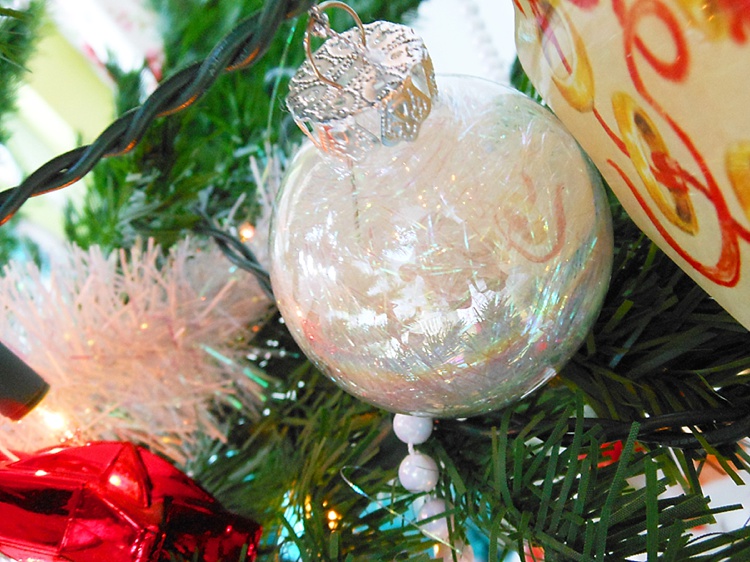

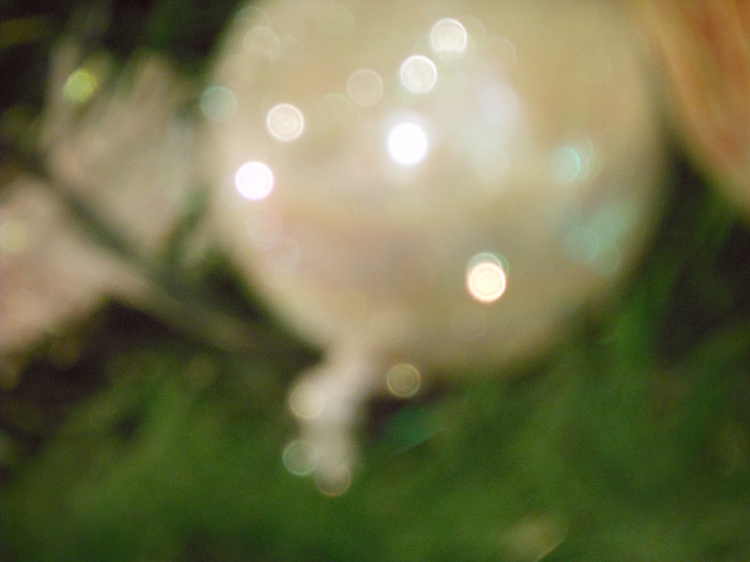
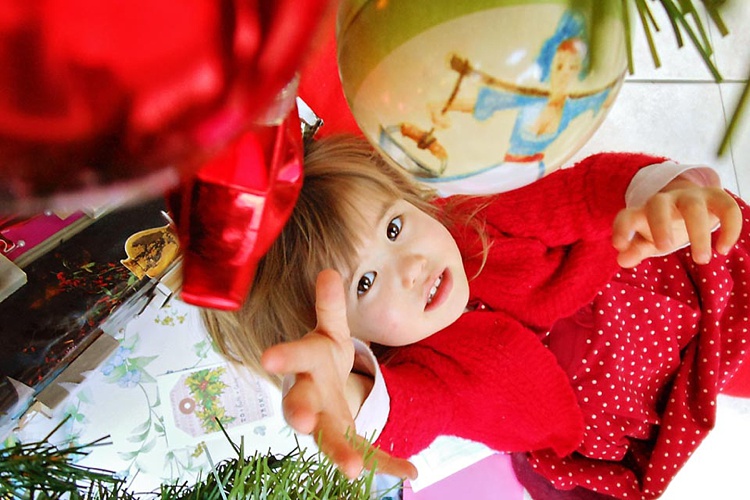
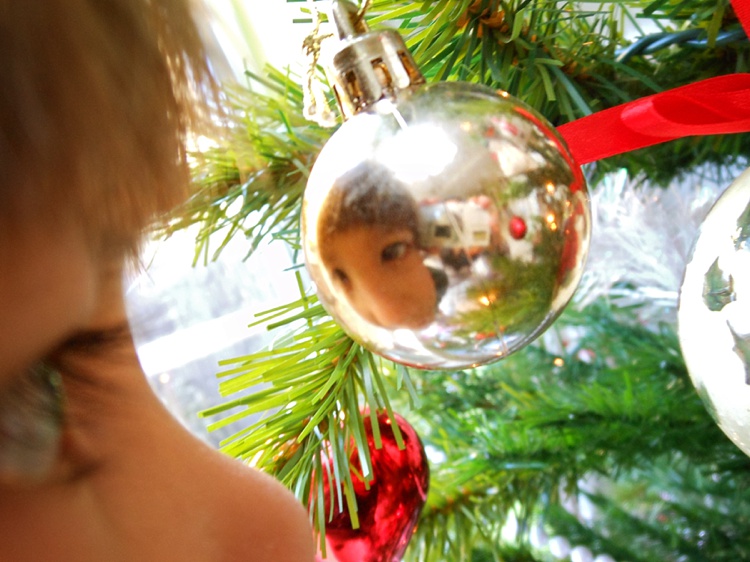
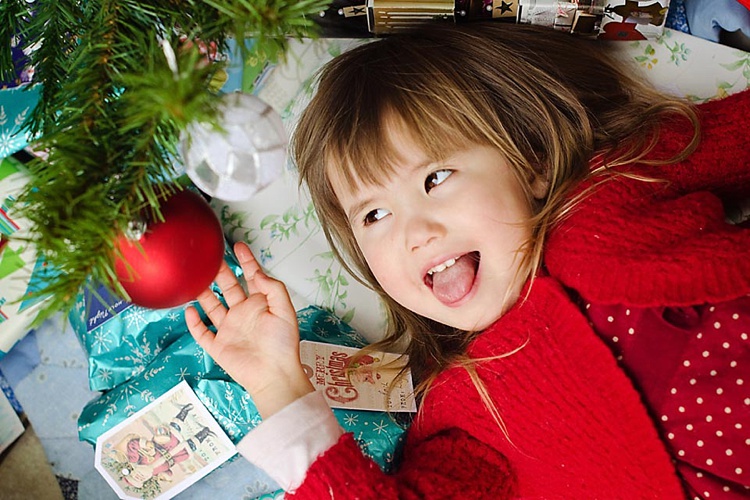
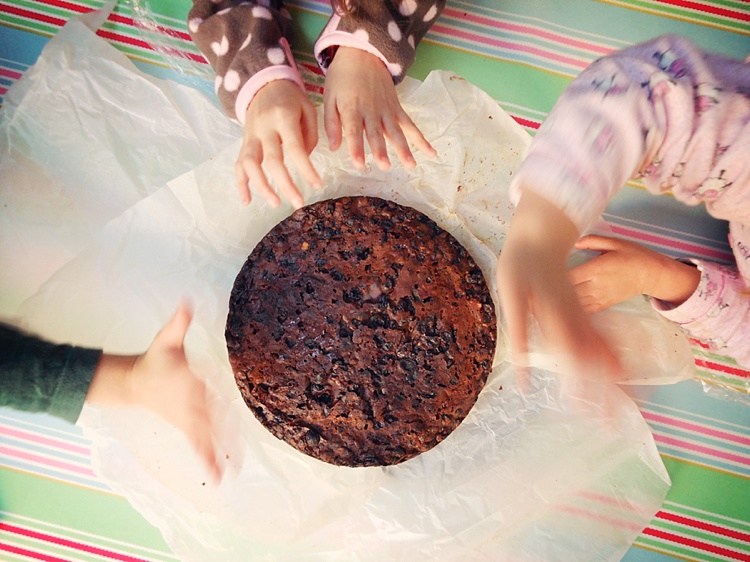

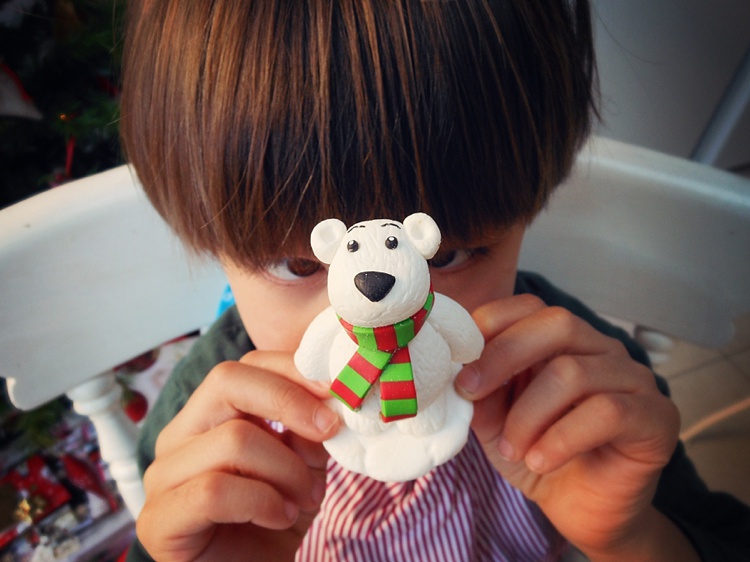

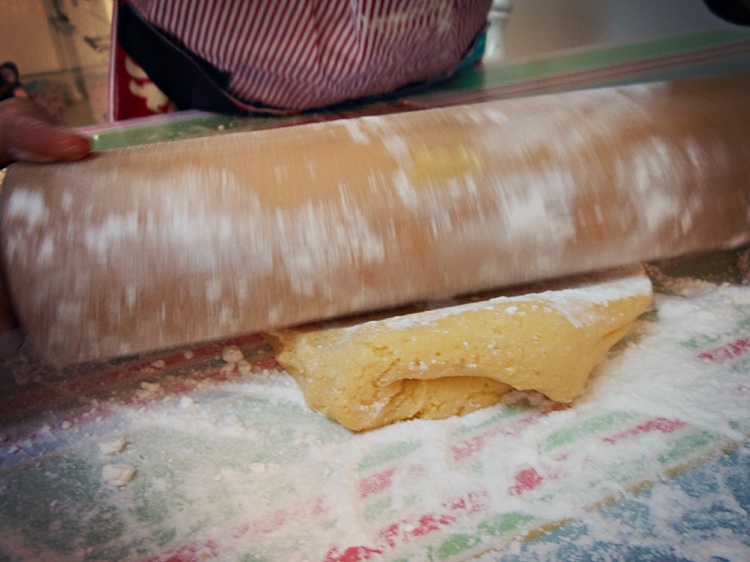
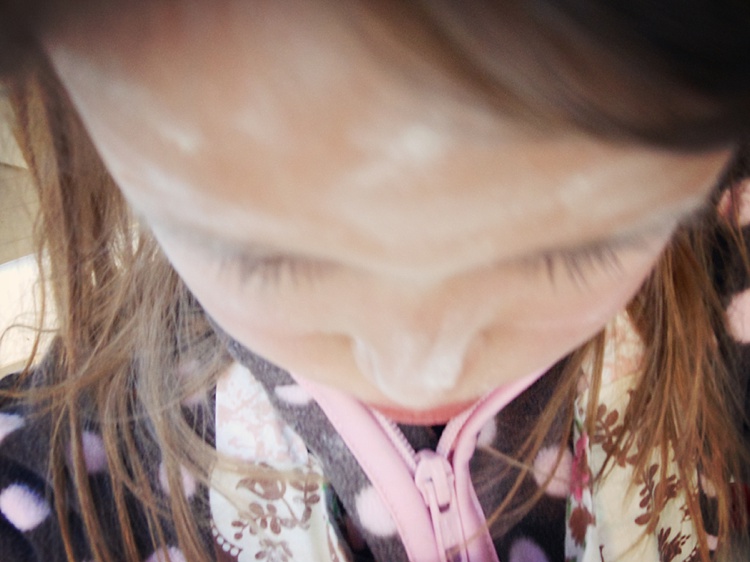









































You must be logged in to post a comment.